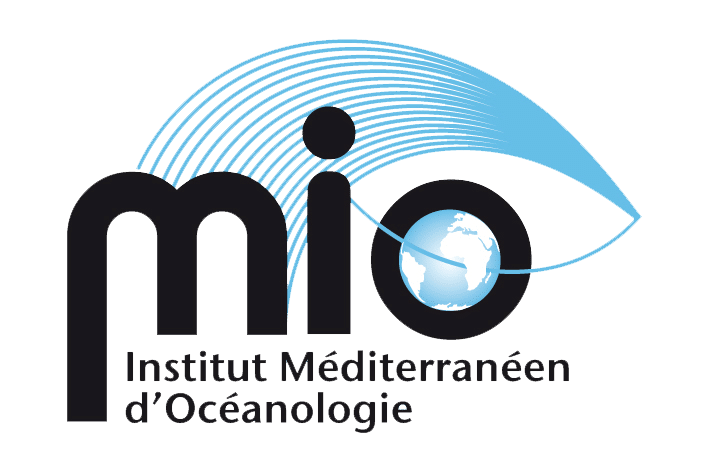Tsunamis: Historical events, generation processes and impact on society
Lecture in French by Stéphan Grilli, Professor at the University of Rhode Island (USA)
Abstract
Tsunamis are highly destructive natural disasters, both for human life and infrastructure. All over the world, they can impact coastal areas, which are becoming increasingly developed. The most dangerous tsunamis in modern history were caused by major earthquakes along the Ring of Fire: in Chile in 1960 (magnitude M9.5), in the Indian Ocean in 2004 (M9.2) and in Japan in 2011 (M9.1). However, tsunamis caused by volcanic events or submarine landslides have also been very destructive, such as those caused by Krakatoa in 1883, which killed more than 30,000 people, and those in Papua New Guinea in 1998, which killed more than 2,000.
This lecture presents the results of 25 years of study, by the author and his collaborators, of tsunamis from various sources (earthquakes, landslides, volcanic eruptions), their numerical modelling and impact studies for coastal areas and society in general. In addition to the aforementioned historical events, we will also discuss some recent events, such as those of Anak Krakatau in 2018, Palu in 2018 and Tonga in 2022, as well as simulated hypothetical events that make it possible to develop inundation maps of potential tsunamis.
NB: the lecture will be given in French, as Professor Grilli is perfectly bilingual.
Biography
Professor Stéphan Grilli is currently spending a semester (January-June 2022) at the University of Toulon, on the Tocqueville Chair of the Franco-American Fulbright academic exchange programme. He is working with the Mediterranean Institute of Oceanology (MIO) on the modelling and radar remote sensing of extreme coastal events such as tsunamis. He also gives a series of specialist courses to SeaTech students on wave modelling.
Professor Stéphan Grilli is originally from Belgium and holds a doctorate in Ocean Engineering from the University of Liège (1985). Since 1987, he has spent his career in the United States, where he is now a citizen, at the University of Delaware and then at the University of Rhode Island (URI) in the Ocean Engineering Department.
He has received 8 international scientific awards, has been associate editor of numerous scientific journals and is an elected member of the National Research Council Marine Board of the US National Academy of Sciences. He is also an elected member of the NOAA National Tsunami Hazard Mitigation Program (NTHMP) Mapping and Modeling Committee, where he is involved in defining tsunami modelling methods and standards with a view to risk prevention in the USA.
Professor Grilli has authored or co-authored numerous publications in a variety of fields, including wave modelling, wave interactions with ocean or coastal structures, the coast and sediments, modelling and experimentation of ocean systems, including wave and wind energy recovery, tsunami and extreme storm modelling, and remote sensing and measurement of sea states using optical methods or high-frequency radar.
He has been a visiting professor at numerous universities in Europe and has given over 200 lectures in more than 20 different countries. He has participated in and contributed to numerous scientific documentaries and films for various media in the USA, France, Japan, Korea and Italy, and his research has been the subject of many popular science articles and interviews.




